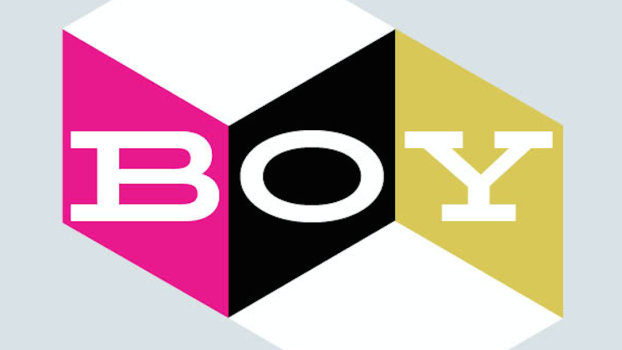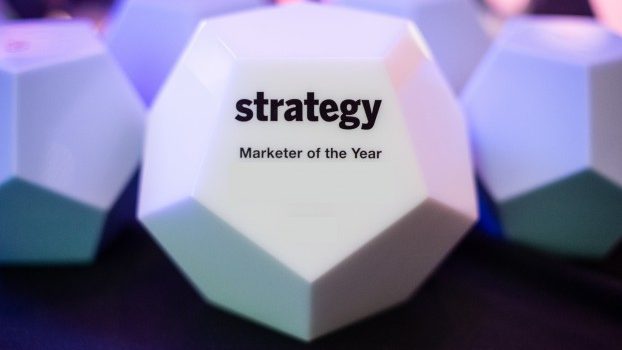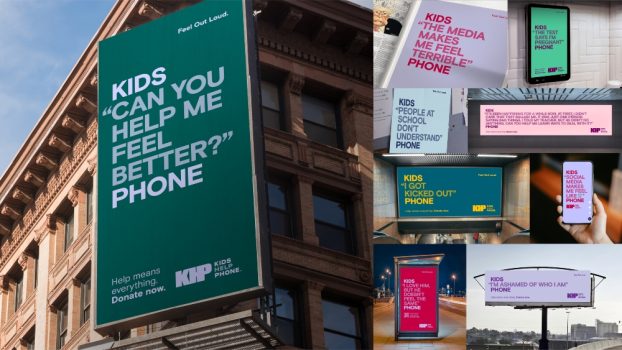By Richard Shotton
One of the oldest findings in psychology is that you’re hard-wired to notice what’s distinctive. The academic evidence for this dates back to 1933 and the experiments of a young, post-doctoral student, Hedwig von Restorff.
Restorff was a paediatrics researcher at the University of Berlin when she published her study on memorability. She gave participants a long list of text: it consisted of random strings of three letters interrupted by one set of three digits. So, for example: jrm, tws, als, huk, bnm, 153, fdy. After a short pause, the participants were asked to remember the items. The results showed that items that stood out, in this case the three digits, were most recalled. This is known as the Von Restorff (or isolation) effect.
Unfortunately, soon afterwards, Von Restorff’s career was cut tragically short. The Nazis conducted a purge of the university and she, along with many other psychologists, was thrown out. Hedwig, who wasn’t even thirty, never published again.
Still relevant today
That experiment was done more than 80 years ago – do the findings still stand? My colleague Laura Weston and I investigated. We gave 500 nationally representative participants a list of numbers: fifteen written in black, one in blue. A short time later we asked which number they recalled. Respondents were 30 times more likely to recall the distinctive number.
We repeated the experiment with brands – respondents saw a list of logos: eleven car brands and a fast food brand. Again, after a pause we asked which brands they could recall. Consumers were four times more likely to mention the fast food brand than the average car brand. Being distinctive makes brands memorable. This might sound like an obvious point, but it is one that is studiously ignored by the advertising industry.
Subvert category norms
Much advertising slavishly abides by category norms. Copernicus Consulting analysed 340 TV ads that ran in peak-time TV in 2001 and identified a differentiating brand message in only 7% of them.
You can see a herd mentality in action in many categories. Car ads are prone to loving shots of the model rounding bends in the rugged countryside. Fashion ads feature beautiful people pouting at the camera. Watch ads take it the furthest. Almost every ad shows the same time on the watch: a few minutes either side of 10:10. That specific time was chosen because the hands clearly frame the logo. The HTC phone ads run 10:08 on the time on their screens – even though it’s displayed digitally!
 Mimicry comes at a cost. According to Vic Polkinghorne, founder of the London-based creative agency Sell! Sell!: “What might seem like a safe choice in the confines of a boardroom will most likely be a waste of money when it’s out in the real world. Advertising that feels safe or familiar is actually quite risky – there’s no ‘safety in numbers’ when it comes to advertising. If someone else is doing something similar to what you’re doing, or looks or sounds like you, you’re both in trouble.”
Mimicry comes at a cost. According to Vic Polkinghorne, founder of the London-based creative agency Sell! Sell!: “What might seem like a safe choice in the confines of a boardroom will most likely be a waste of money when it’s out in the real world. Advertising that feels safe or familiar is actually quite risky – there’s no ‘safety in numbers’ when it comes to advertising. If someone else is doing something similar to what you’re doing, or looks or sounds like you, you’re both in trouble.”
Your task, therefore, is to identify the formulaic rules of behaviour in the category you work in and subvert them. The rewards can be immense.
Why is distinctiveness so rare?
Why, despite the evidence, do few brands break conventions? Dave Trott, the illustrious English creative director says, “The problem is nobody ever explains to clients why the obvious is bad. They think it must be right because everyone in their market is doing it. Which is exactly why creatives think it’s wrong. Creatives want to be different, to stand out from the environment. But that just looks like flashy pyrotechnics to a client.”
However, distinctiveness is more than “flashy pyrotechnics.” Perhaps agencies, in their rush to promote the latest fad, have forgotten to emphasize the fundamentals? Agencies must publicize the work of Von Restorff to prove the power of being distinctive.
However, there’s another, more intractable, issue – if you’re distinctive and the campaign fails then you could get them fired. “Especially for junior clients,” says Trott, “the safety is in doing what everyone else is doing.”
If the campaign flops, they can point to the behaviour of their competitors as a sign that they undertook due diligence before approving the ad campaign. Ironically, brands have sought to capitalize on this defensive decision-making in their own communications. The line, “No-one ever got fired for buying IBM,” regularly acclaimed as one of the best ad slogans ever, tapped into these personal concerns.
The final explanation is a myopic approach to data. In my experience, many brands want examples of successful case studies from their category before they commit to a course of action. This leads to mimicry. If, say, all lager brands sponsor football, then there will be examples where it has worked. However, if no brand sponsors, say, table-tennis, there will be a dearth of examples. This leads to a vicious circle in which more brands plough money into football regardless of the odds of success.
Brands must seek inspiration from beyond their category. If they do so they will see one of the common factors of the few brands who have created a genuine step-change in their category is that they were highly distinctive. As the founder of BBH, John Hegarty put it in his ad for black Levi’s “when the world zigs, zag.”
 Richard Shotton is the author of The Choice Factory and Manning Gottlieb OMD’s deputy head of evidence.
Richard Shotton is the author of The Choice Factory and Manning Gottlieb OMD’s deputy head of evidence.

























